Color Vision Notes (PSYC_343)
1/17
Earn XP
Description and Tags
https://www.youtube.com/watch?v=qjJmNJd38CY
Name | Mastery | Learn | Test | Matching | Spaced |
|---|
No study sessions yet.
18 Terms
What is the function of color vision
Enhances contrast between objects that reflect different wavelengths of light
What is the visible spectrum? And what is the wavelength range in nanometers?
The range of electromagnetic radiation that the human eye can perceive. Range of visible is between 300 and 700 nanometers.
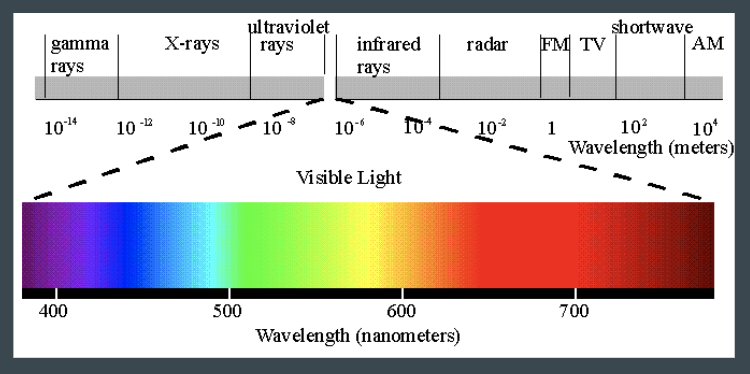
What is the reflectance curve?
Proportion of each wavelength of light reflected from a surface.
(e.g. A green leaf reflects more green light than other wavelengths, resulting in a peak in it’s reflectance curve around the green portion of the spectrum).

What are achromatic colors?
White, grey and black objects reflect light equally across the spectrum (differ in reflectance amount).
What are chromatic colors?
Objects perceived as having a “hue” have the property of selective reflecting (differ in reflectance profile) other than white, grey, and black.
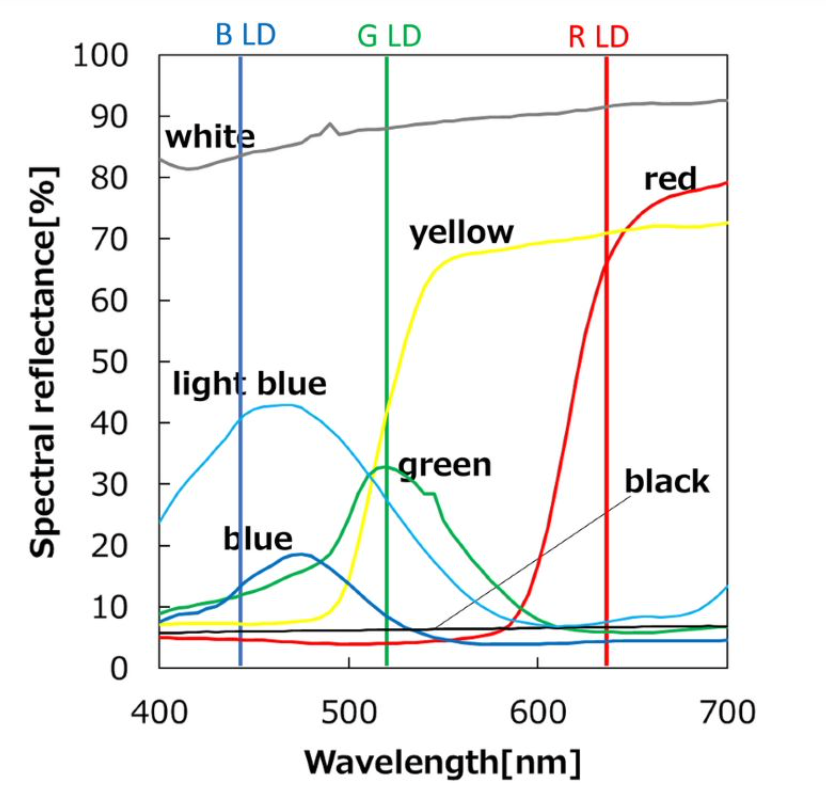
What is spectral reflectance? (Explains the graph above)
Spectral reflectance is the amount of light reflected by a surface at different wavelengths across the electromagnetic spectrum. It is a measure of how a material reflects light of varying wavelengths.
(e.g. Something blue reflects more light in the shorter wavelengths of the visible light spectrum (range 450-495 nanometers). Its spectral reflectance curve would show a higher reflectance in the range, indicating it’s tendency to reflect blue light.
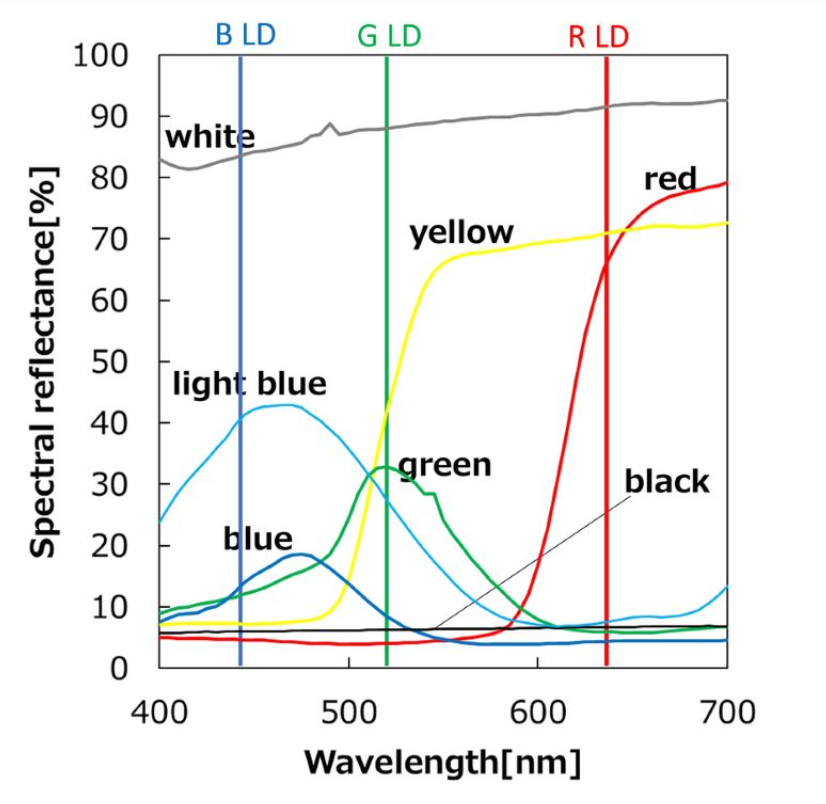
What is the Rayleigh scattering? (How does this make the sky blue, and the sunrise, the sunrise)
Short wavelengths of light are scattered more strongly than longer wavelengths (like blue and violet), which is why the sky appears blue. Sunlight is scattered by the Earth’s atmospheric particles, making the sky blue.
e.g. During sunrise and sunset, and the sun is lower in the horizon, the light has to travel through more of the Earths atmosphere, scattering the blue wavelengths and bringing in the longer red wavelengths.
What is the Trichromatic Theory (Young & Helmholtz)
This theory states that there are three different color receptors in the retina.
We are able to match any color by adjusting the relative amounts (intensities) of three other colors
Trichromacy or Trichromatism
Represents the possession of three independent channels for conveying color info from three different cone cells.
Tetrachromacy
Represents the possession of 4 cones cells for processing colors in the eyes.
Dichromacy
Represents the possession of 2 cone cells (dogs have this dichromacy)
What is the principle of Univariance
The ability to discriminate between wavelengths of light by comparing multiple photoreceptors
What consequences does this have for rod vision
What are S M L cones?
S - short wave cones (BLUE)
M - middle wave cones (GREEN)
L - long wave cones (RED)
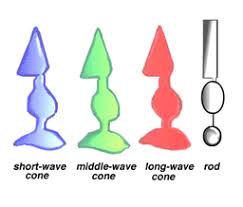
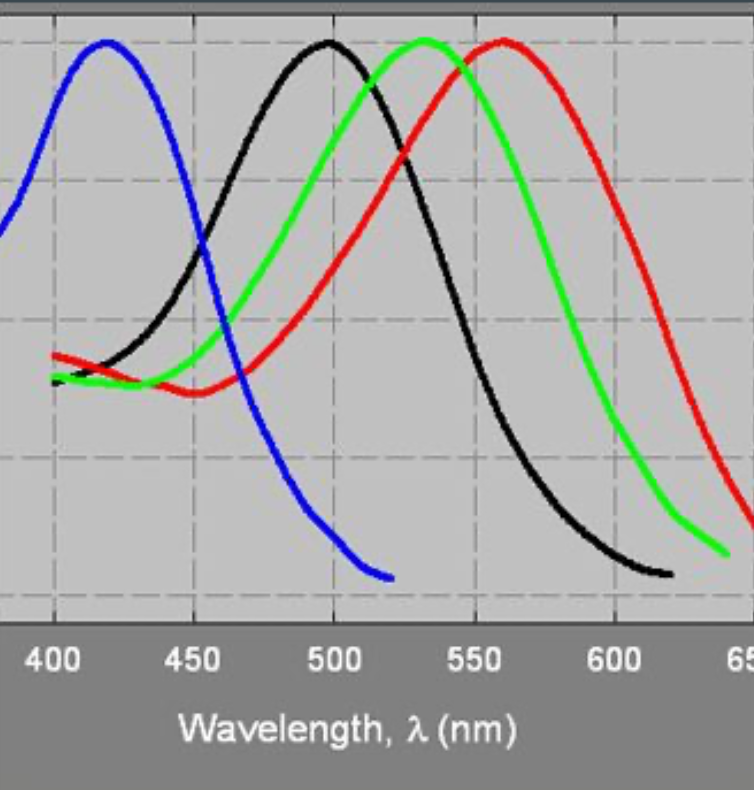
What is the concept of distributed coding of color in relation to the S M L cones?
different aspects of color, such as hue, saturation, and brightness, are represented by patterns of activity across populations of neurons.
The use of S M L cones come into play by combining different types of cones to produce the perception of color
e.g. A shade of green may involve the activation of both M cones n
Opponent-Process Theory
There are 3 pairs of opponent colors:
Red vs. Green
Blue vs. Yellow
Black vs. White
When one color is stimulated its opponent color is inhibited which is what causes afterimages.
For example like in the green, yellow, red, blue square example from class, if we stare at the middle of the square or a minute or so, and then look away, the complementary colors from above switch with one another because the cones in the retina become fatigued/adapt to the color.
For example if you look at red for a long time, this causes the activity of red-sensitive cones to decrease and and the cones that are sensitive to green light (which were less stimulated while looking at red) become in turn more active (because red and green are opponent colors/complementary)
(although i’m still confused…)
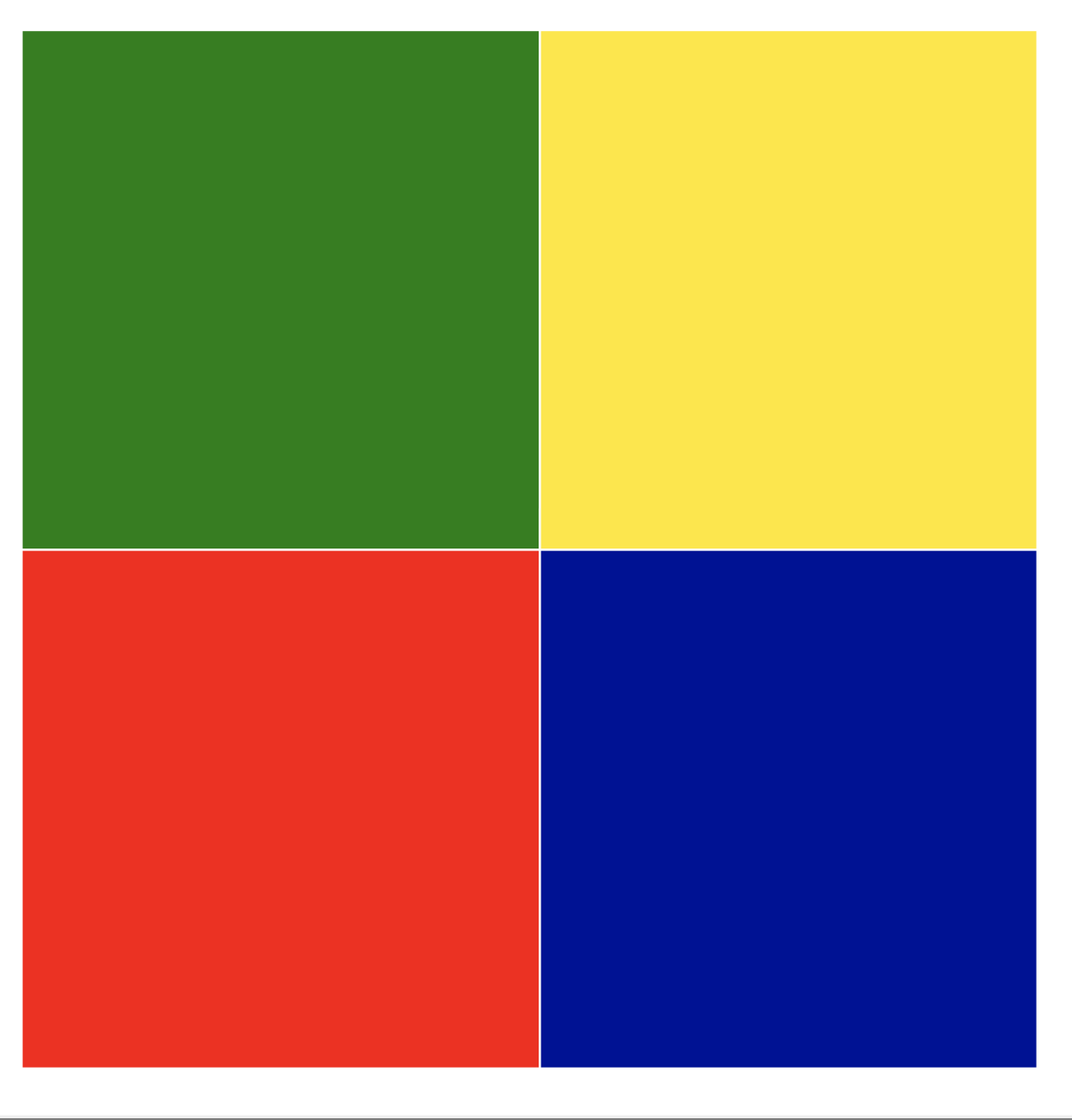
What illusion occurs if you look at the following for too long?
After staring at an image for a prolonged period the photo receptor cells that were adopted continue to send signals to your brain causing you to see negative version of the image.
Reason: The colors switch in this specific afterimage because they are complementary, meaning green is complementary to red, and blue is to yellow, so if you look away from the OG image you see an after image of these pairs switched.
This occurs because after you look away from the image, the green-sensitive cones (M) for example grow less active, and the red-sensitive cones (L) becomes more active leading to the perception of a red afterimage.
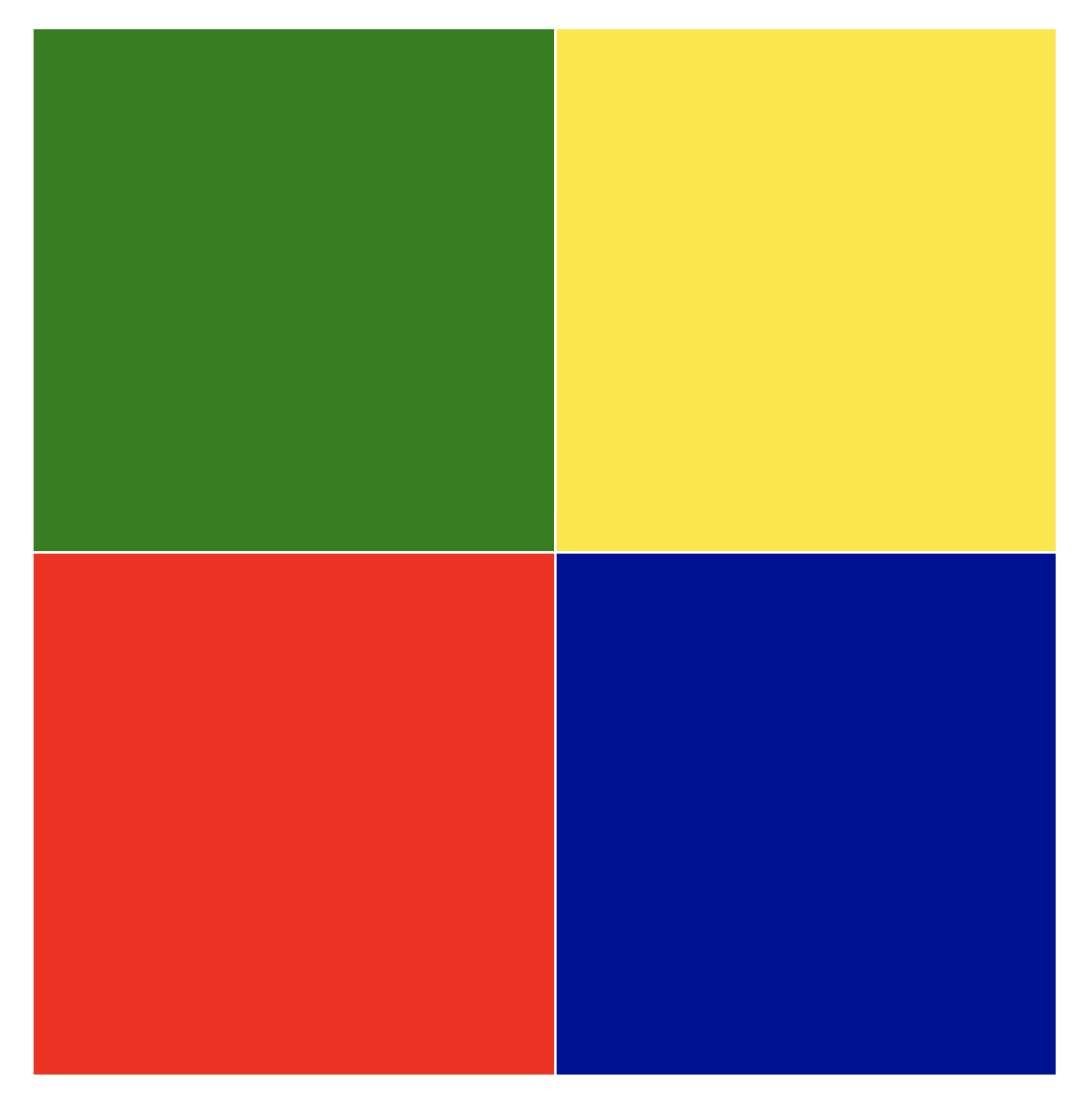
How are opponent cells created?
Opponent cells are created through neural circuits in the visual system that receive input from cone cells with opposite or antagonistic responses to different colors. This means that opponents cells are created when some cells don’t like two types of colors at the same time.
e.g. If we take “B+Y-” cells, S cones (blue sensitive cones), send excitation signals to the B+Y- cells, indicating that there is blue light present, BUT at the same time there is inhibition (resistance) from M and L cones (green and red sensitive cones, light in the yellow part of the spectrum.